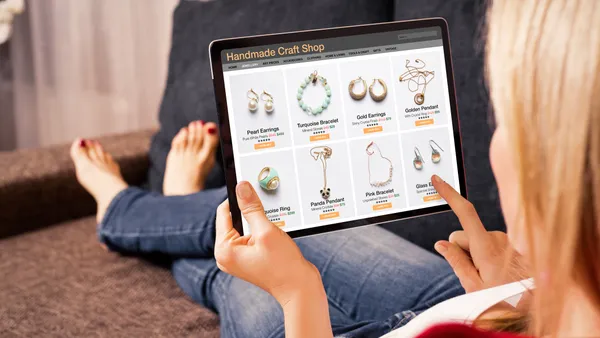Dive Brief:
-
Fifty-six percent of consumers said they likely would shop at retailers that offer a shared shopping cart across channels, but only 7% retailers offer that capability, according to a study by BRP entitled, "Special Report: Real-Time Retail."
-
The study also found that 87% of consumers desire personalized and consistent shopping experiences across all shopping channels, while 53% of retailers rank personalization as a top priority.
-
BRP research revealed that customers want to be able to shop seamlessly across all channels, including their mobile devices, computers and in-store, without a disruption in access.
Dive Insight:
Retailers have come a long way with their omnichannel strategies in recent years. Remember when very few supported buy online, pick up in-store capabilities or mobile promotions that could be used in-store? Over the last few years, more companies have launched services that bridge once separate shopping channels.
However, many omnichannel capabilities still treat those channels as distinct from one another, and not at all in terms of a real-time experience. BRP suggested that some newer services that on the surface appear to deliver a great benefit by providing access to inventory information, for example, rely on day-old data. That may be fresher than what was available before, but it still pales against customer expectations.
Meanwhile, real-time retail, according to the study, means having the ability to deliver seamless and personalized experiences to the customer. "It enables retailers to identify the customer and gather, analyze and disseminate customer, product, pricing and inventory data across all channels – instantly," according to a statement by BRP.
It’s fair to wonder why, despite strong interest from shoppers, some retailers are hesitant about enabling a real-time, cross-channel experience. It could be the challenge of supporting real-time data flow, or the fear of what might happen to the average length of shoppers’ in-store visits if they can move fluidly between physical and digital channels. But, as evidenced in this study, it may be time to confront those fears.













